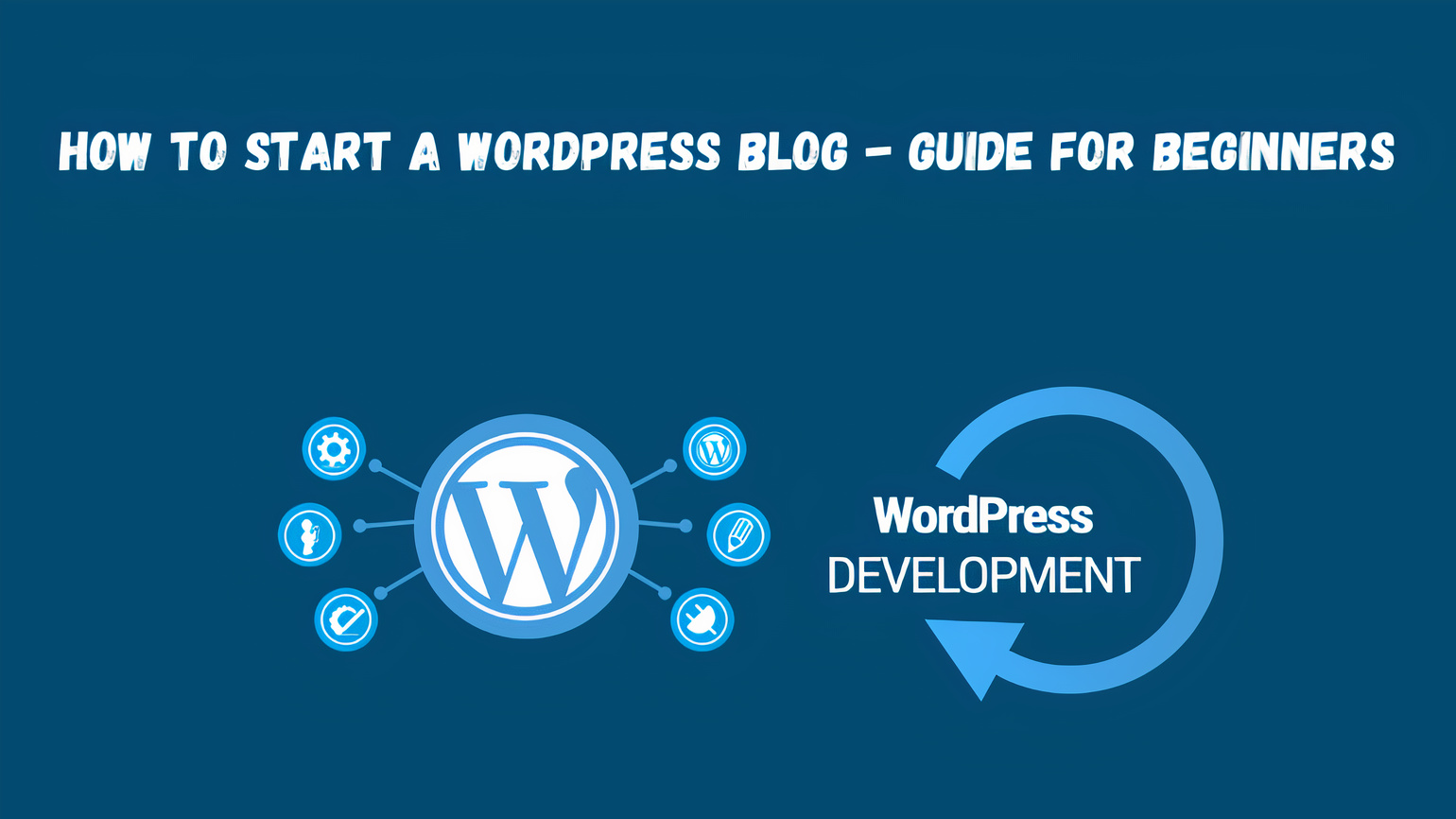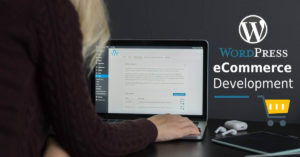If you are looking for an easy-peasy way to start your blogger journey, then we would like to recommend using WordPress as your content management system (CMS). For a beginner who is willing to start with their blog website, WordPress can be the simplest to use. This is not only our words, but most bloggers believe the same.
But this doesn’t mean you are only limit to blogs, as “WordPress is not just for blogs.” It offers more than that. Being a robust platform, it caters to ecommerce websites as well. We will talk about this in our later blogs, as this is not a matter of discussion in this one.
Why WordPress?
94% of users find more sense in choosing WordPress.org as their blogging platform. The reason is its self-hosted feature and its free use. Not only this, but you also get to customize your blog design and install additional plugins. What more one could look for!
So, without any further ado, let us share with you all a complete step-to-step guide to start your blog on the WordPress platform.
Ultimate Guide To Start A WordPress Blog
Step 1: Sign -Up For WordPress
Complete the sign-up process using your Google account.
Add your email id, create a username and password, and you are good to kick off.
Step 2: Select The Name Of Your Domain
Choosing a domain name that easily depicts your blog niche can be a highly impactful step for your blogger journey. For this, you must define your blog’s category first and then pick a domain name that is unique and adds to the attributes of your website. Just keep it simple and catchy.
You can also buy a domain name if the free one is not catering to represent your personal blog touch.
Step 3: Select Your WordPress Theme
Apart from the content you will be sharing, your website theme is also a factor in making people stop by. Choosing an attractive theme allows a personalized touch and can be created with different options available on the WordPress platform.
Customizing your blog website is as easy as installing the software. You just need to go to the dashboard, click on “Appearance,” and then choose “Theme.” And get access to thousands of in-built free themes for your website.
You can search for any theme using their names and then “install” to get started.
Step 4: Start With Your First Blog Post
The next step would be, to begin with, your blog post. To start, go to the dashboard, find “Posts,” and then click “Add New.”
Go ahead with writing engaging content for your blog that will make the audience awestruck.
Moreover, WordPress allows you to create a beautiful layout for your blog with its features. You can use the different post settings to enhance your content, including adding Categories, Tags and making other changes. Do not forget to add a featured image.
Once you are done with all the writing stuff and changing the settings, go ahead and choose to “Update” your first blog. You can also schedule your blog to post it at your preferable timings.
Step 5: Get WordPress Plugins
To make your blog website more professional and customized on the WordPress platform, you can add different plugins to ease your interaction with the audience. You can add a contact form, calendar, SEO plugins, Google Analytics, and many others to get the extra functionality experience.
You can add these plugins by simply following these steps:
Find “Plugins” in the dashboard, and then choose “Add new”
WordPress.org offers you several free plugins which you can access by its name and then “Install” it.
If you are going for a premium plugin purchased from a third party, choose the “Upload Plugin”. You can then upload a ZIP file of that plugin on your website and finally “Activate” it.
Let’s Wrap Up
WordPress is a 100% open-source platform that can be easily operated even by a new user and needs no technical guidance to start a blog website. This platform comes with several simple functionalities and can be customized as per one’s choice.
This doesn’t end here only. You also get an advantage over SEO as this platform is highly compatible with search engines allowing you to get maximum visibility.
To conclude, these features are what make this platform highly preferred among bloggers.










